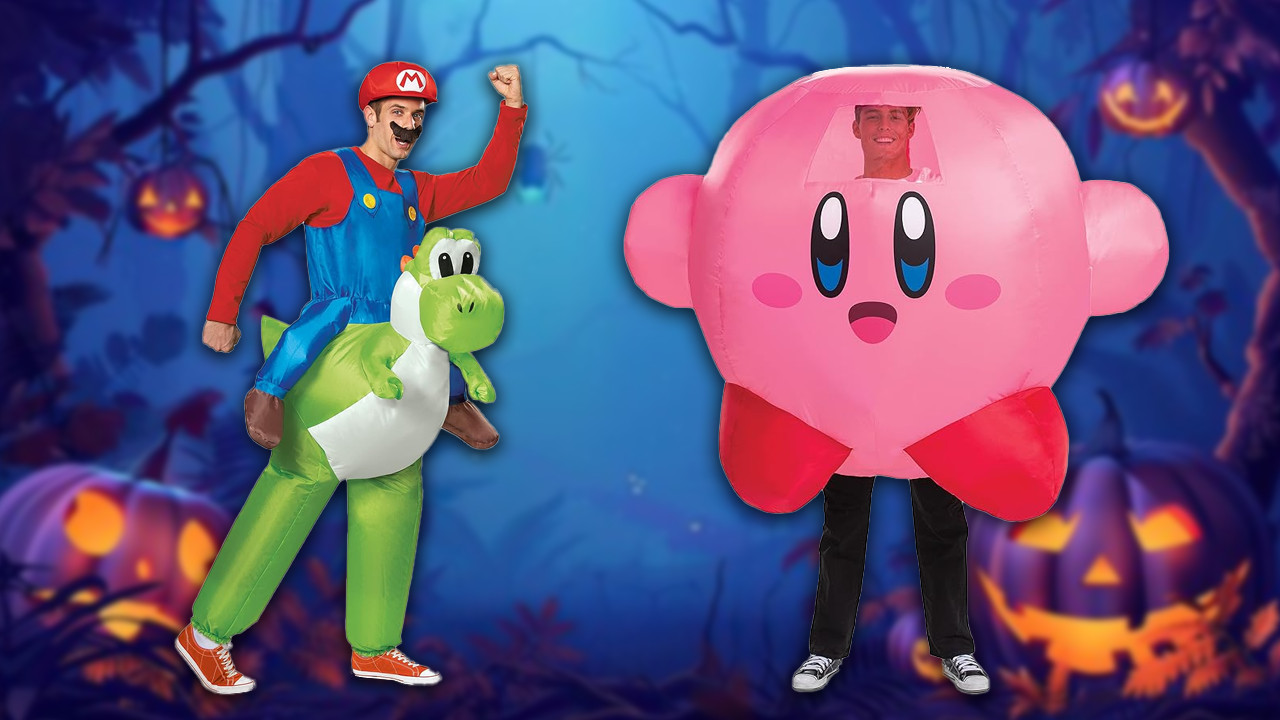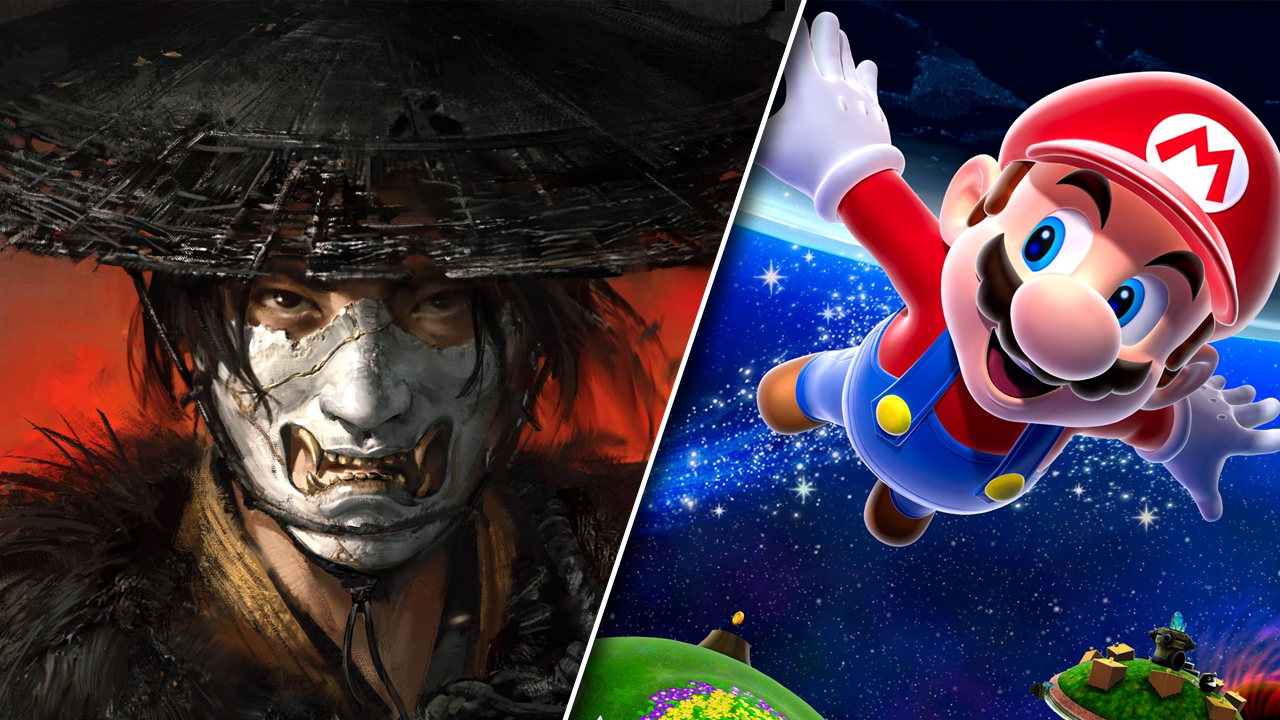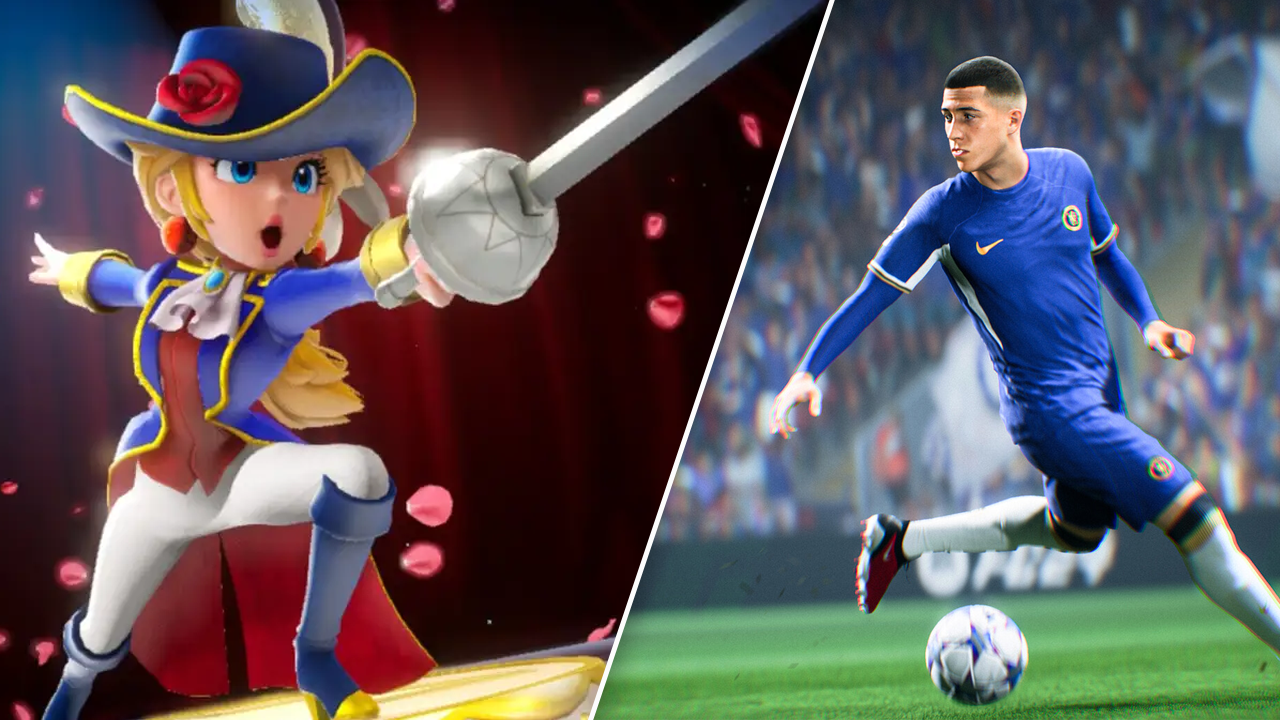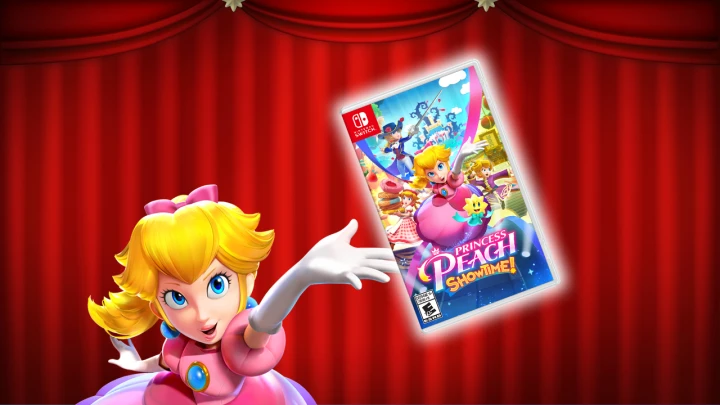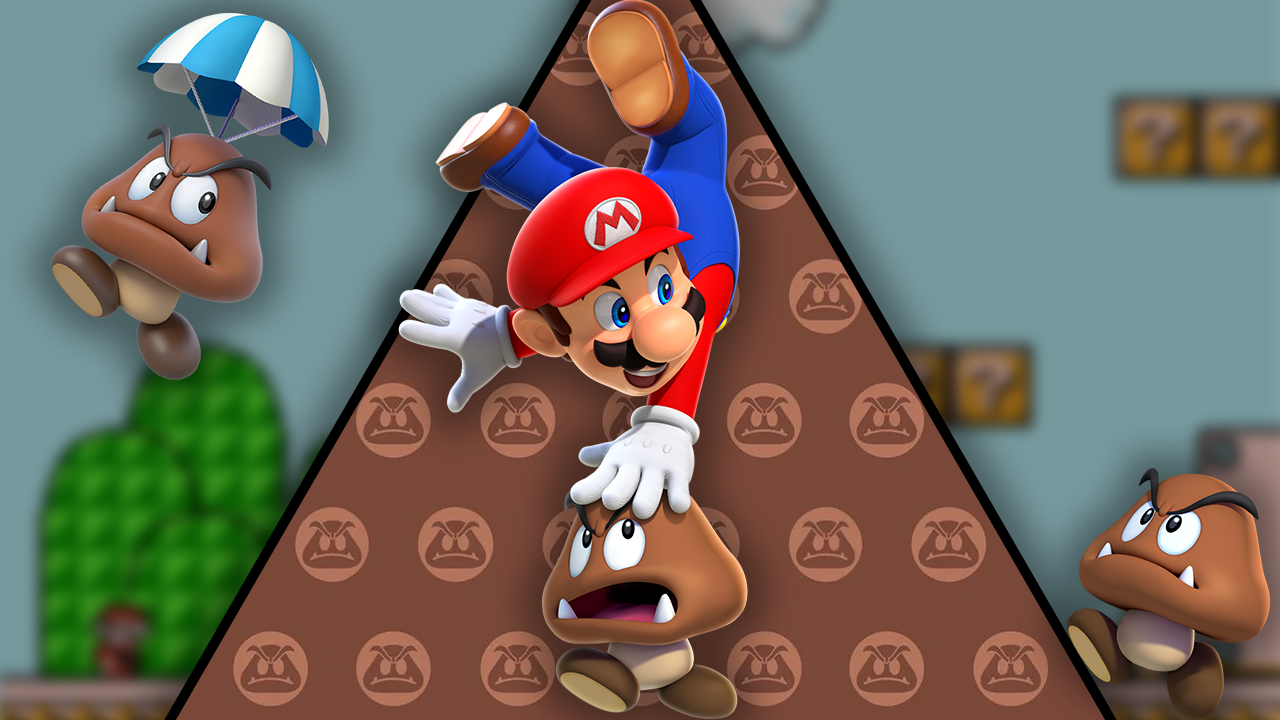
In the vast world of the Super Mario universe, the Goomba stands as one of the most iconic characters. Though seemingly simple in design, this lowly creature has a history as intriguing as the game series itself. In this article, we delve into the origins and evolution of the Goomba, shedding light on its Japanese roots, the fascinating name conundrum, and its transformation through various Mario titles.

Warp Pipe Weekly
A weekly recap of all things Nintendo
By submitting your email, you agree to our Terms of Service and Privacy Notice. You can opt out at any time.
By submitting your email, you agree to our Terms of Service and Privacy Notice. You can opt out at any time.

The Japanese Origins of the Goomba
The Goomba, known as Kuribō (クリボー) in Japanese, derives its name from an unexpected source - chestnuts. The word "Kuribō" combines "kuri" (栗), the Japanese word for "chestnut," and "bō" (坊), an affectionate suffix akin to "guy" or "boy." Contrary to expectations, the Goomba's Japanese name has no direct connection to mushrooms, even though the setting of Super Mario is the Mushroom Kingdom. It wasn't until a 2012 Nintendo interview that fans discovered the Goomba's original inspiration: shiitake mushrooms. Shigeru Miyamoto, the mastermind behind Mario, had always considered them as such. However, a programmer working on the first Super Mario game insisted they resembled chestnuts, leading to the name "Kuribō."nano
The Goomba's Duality
This dual interpretation of the Goomba reflects the ambiguity present in early pixelated game graphics. In the United States, where chestnuts are prevalent, players may have expected the Goomba to resemble these nuts. In contrast, Japanese players, even with knowledge of the Mushroom Kingdom's fictional setting, believed the Goombas to be chestnuts due to their name. The confusion was further exacerbated by the English and Japanese game manuals, which explicitly referred to these enemies as mushrooms, while the character's name hinted at chestnuts.
The Linguistic Influence of "Goombah"
The Western name "Goomba" likely draws from the Italian term "goombah," a dialectical pronunciation of "compare," meaning "companion" or "godfather." It's plausible that the Italian-American connotations of Mario and Luigi's names played a role in choosing this name. However, the term "goombah" can carry different connotations, from affectionate camaraderie to associations with the mafia or even as an ethnic slur, depending on the context. Nevertheless, the name "Goomba" has persisted throughout the series.
Evolution in Super Mario World
One of the most peculiar aspects of Goomba history is its transformation in Super Mario World. Nintendo revised the character's design, giving them rounder heads and eliminating their "stems," making them resemble chestnuts more closely. Yet, no explanation has surfaced for this change. In the English version of the game, they continued to be identified as Goombas, despite their altered appearance and distinct behavior.
A Tale of Names in Different Mario Titles
The Goomba's identity has seen variations across different Mario titles. In Japan, Super Mario World's chestnut-style Goombas are known as Kuribon (クリボン), retaining the "Kuribō" root with the suffix "-bon." After nearly twenty-five years of absence, Goombas returned in Super Mario 3D World, known in English as "Galoomba."
Goombrat, Kakibō, and Goombud
The introduction of Goombrat in New Super Mario Bros. U adds another layer of complexity to the Goomba's history. In Japan, Goombrat is named Kakibō (カキボー), a portmanteau of "kaki" (柿), meaning "persimmon," and "Kuribō." In Super Mario Maker 2, a new character called Goombud, which combines "Kakibō" and the suffix "-bon," takes the place of Goombrat in the chestnut-themed levels.
A Curious Localization Tale
The English version of Paper Mario: The Thousand-Year Door adds an intriguing twist to the Goomba-chestnut connection. A subplot involving a character called the "Chestnut King" in English is seemingly linked to the Goomba King in the Japanese version, creating an intriguing ambiguity that remains unresolved.
The Wrap
The history of the Goomba in the Super Mario universe is a tale of cultural nuances, linguistic influences, and evolving design choices. The enduring legacy of this simple character speaks to the richness of the Mario franchise and its ability to capture the imagination of players worldwide.
Follow Us on Social Media!
Want more Nintendo news?
Show us by tagging our social media accounts on Twitter, Facebook, Instagram, and TikTok!
